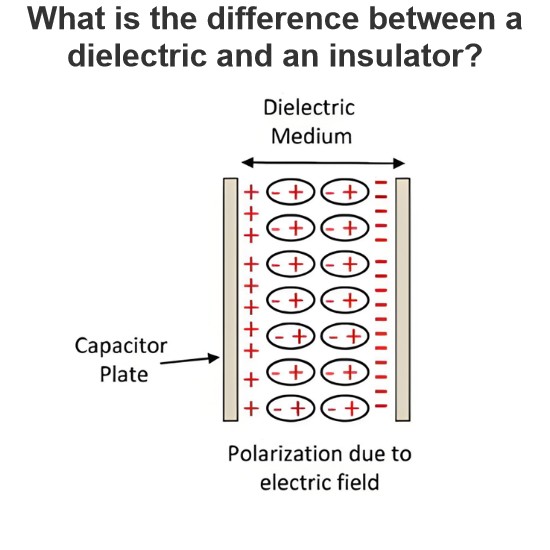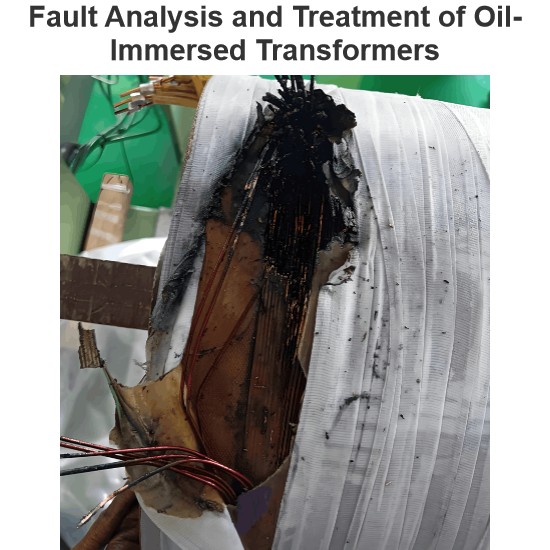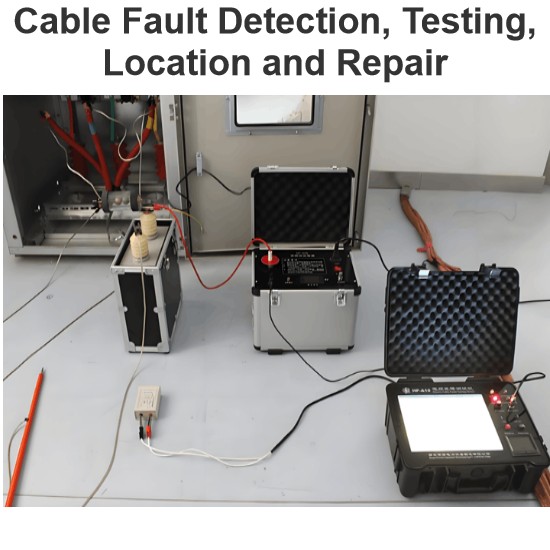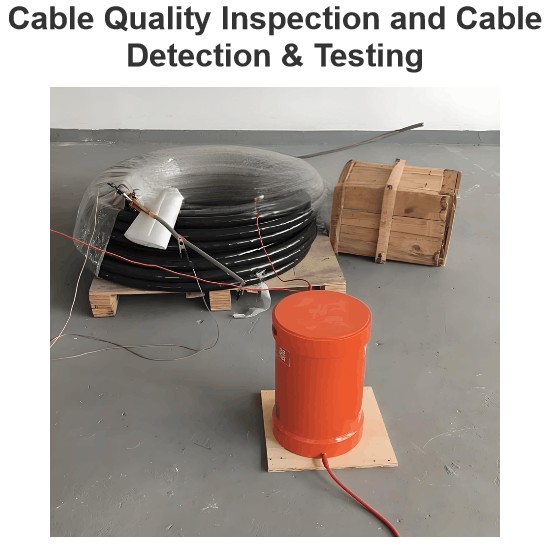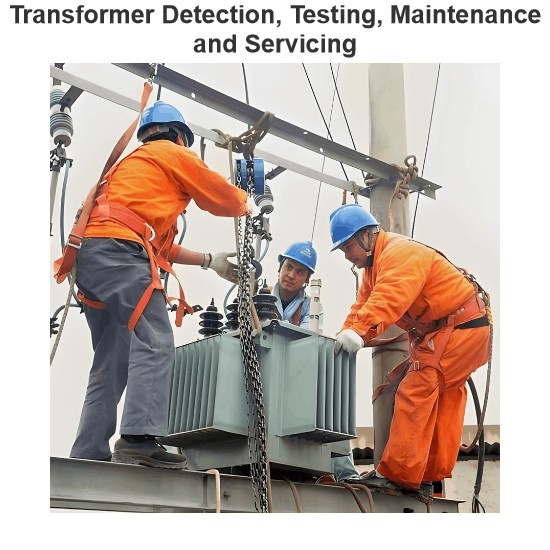| Brand | Wone |
| Model NO. | WD1010 circuit breaker simulation device |
| Rated voltage | 220V |
| Series | WD1010 |
Description
Split-phase or three-phase closing and tripping
Automatically adapt to DC48V, 110V, 220V voltage
Different trip and closing current (resistance) and time can be selected
Solid-state devices, optocoupler isolation, safe and reliable
Small size, light weight, easy to carry
Built-in power supply (optional)
Specifications
| Power supply | AC 220V±5% |
| Tripping operation power supply | DC48V, 110V, 220V |
| Tripping resistance | 50Ω, 100Ω, 200Ω |
| Closing time | 0 ~ 199ms, grade difference 1ms |
| Trip time | 0 ~ 99ms, level difference 1ms |
| Normally closed | AC220V/5A |
| Built-in power supply | 12-270V/10A (optional) |
| Ambient temperature | 5 ~ 40℃ |
| Ambient humidity | 5 ~ 90% |
| Host Dimension | 330mm*220mm*140mm |
| Weight | 3Kg |

